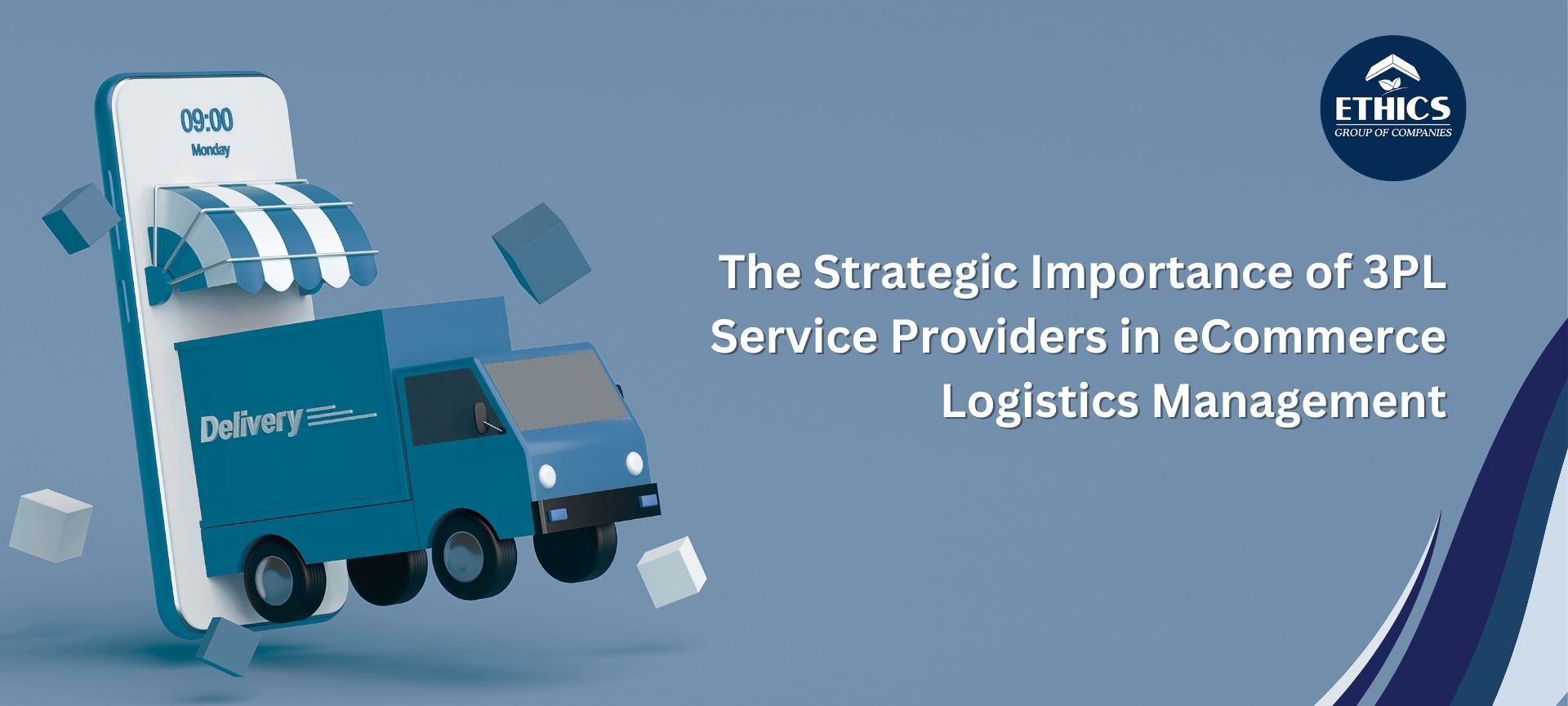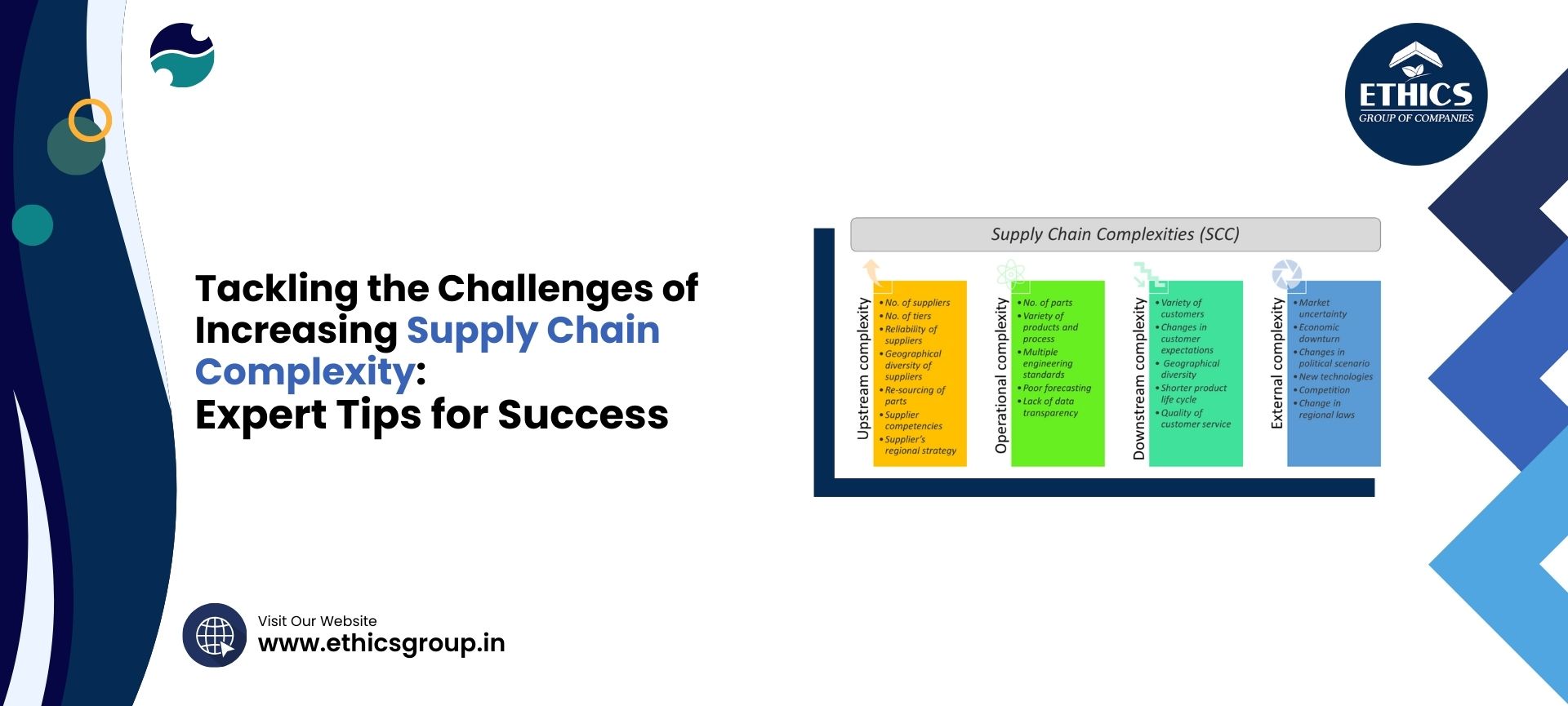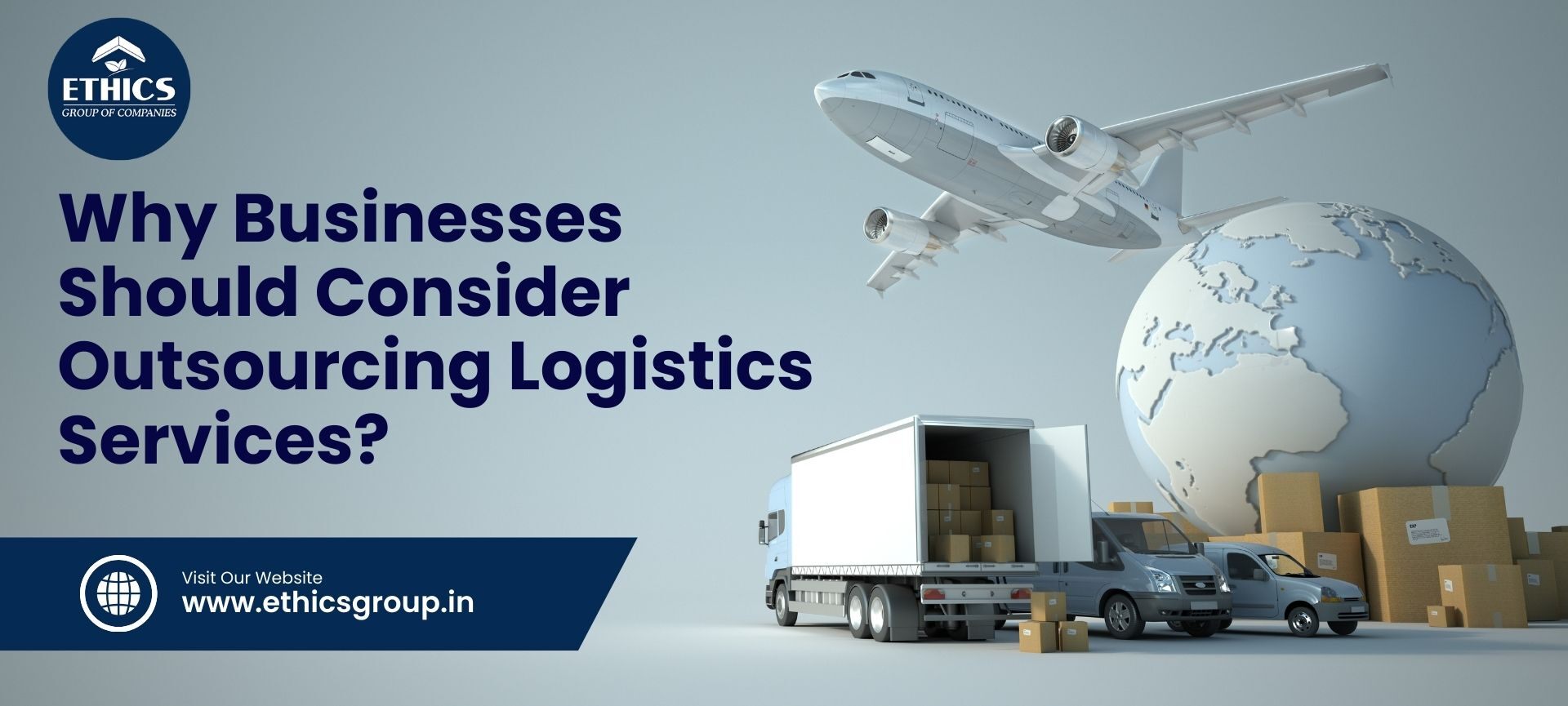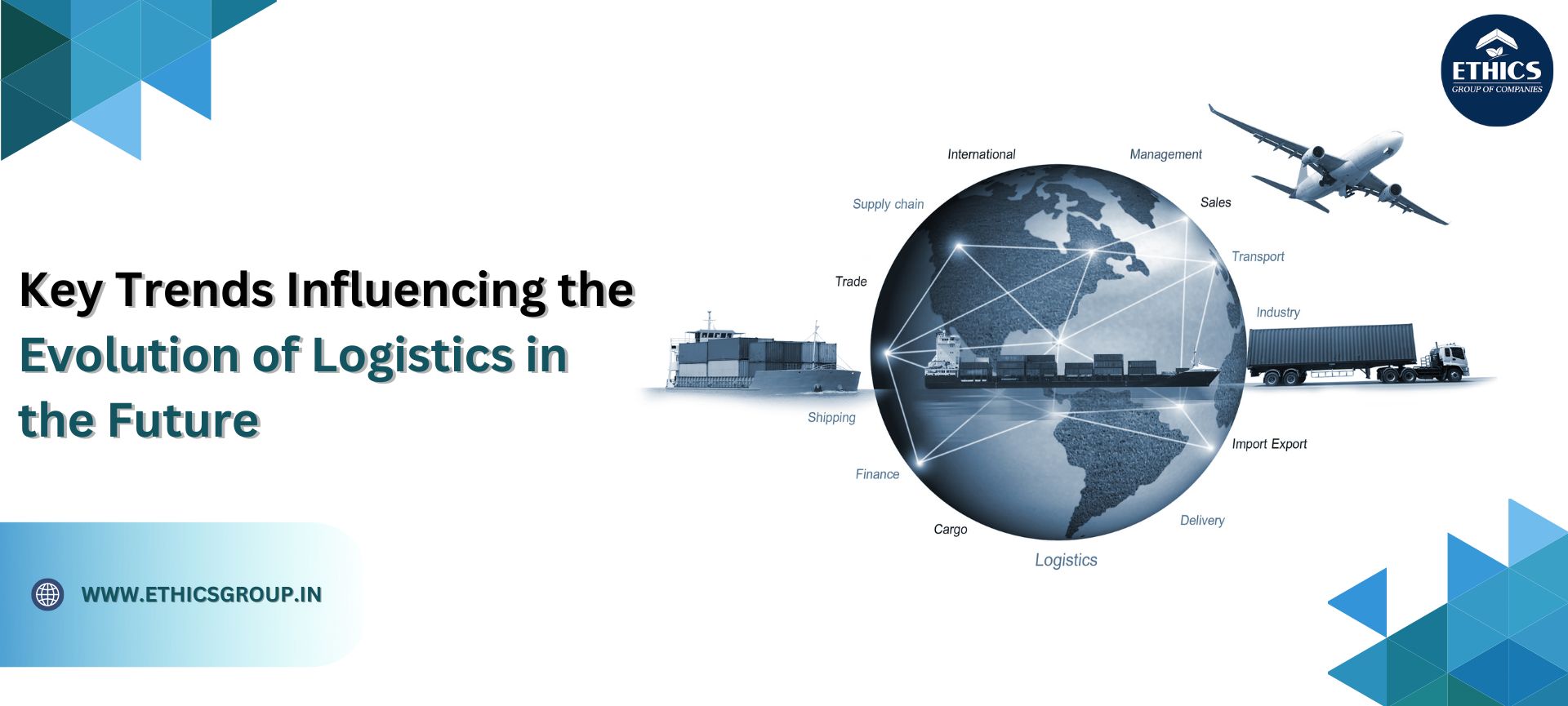
The supply chain is the backbone of any business, connecting raw material suppliers to manufacturers and distributors, and ultimately to customers. Supply chain management is the process of overseeing these activities to ensure a smooth and efficient flow of goods and services from the point of origin to the point of consumption. End to end supply chain management takes this a step further by integrating all activities across the entire supply chain, from raw material acquisition to final delivery. In this blog, we will explore how end-to-end supply chain management can revolutionize your business.
What is end to end supply chain management (E2scm)?
It is a holistic approach to managing the entire supply chain, from procurement to delivery. This involves managing all the activities involved in the supply chain, from raw material sourcing to transportation, warehousing, and inventory management, to delivery to the final customer.
End-to-end supply chain solutions require collaboration among all stakeholders in the supply chain, including suppliers, manufacturers, distributors, and retailers. It also requires the use of technology to enable visibility and transparency across the supply chain, allowing for quick identification and resolution of any bottlenecks or issues.
Also Read: Advantages of Artificial Intelligence In Supply Chain Management
Why e2e supply chain management is important?
End to End supply chain management in India is critical to the success of any business for several reasons:
1. Increased efficiency
It enables companies to streamline their supply chain activities, reducing delays and minimizing inventory and transportation costs. This leads to increased efficiency and faster time to market, allowing companies to respond quickly to changing customer demands.
2. Improved customer satisfaction
With e2e supply chain management, companies can offer better visibility and tracking of their products, providing customers with accurate and timely delivery information. This leads to improved customer satisfaction and loyalty.
3. Reduced risk
It helps to reduce supply chain risks by providing end-to-end visibility and transparency. This enables companies to quickly identify and resolve any issues that arise, reducing the risk of disruption to the supply chain.
4. Increased profitability
It can lead to increased profitability by reducing costs and improving customer satisfaction. This allows companies to compete more effectively in the marketplace and increase their market share.
Key components of end to end supply chain optimization
End to end supply chain optimization process involves several key components, including:
-
Demand planning: This involves forecasting customer demand and planning production accordingly. It also involves managing inventory levels to ensure that there is enough stock to meet demand while minimizing excess inventory.
-
Procurement: This involves sourcing raw materials and other inputs from suppliers. It includes selecting suppliers, negotiating contracts, and managing relationships with suppliers.
-
Manufacturing: This involves producing goods according to demand and ensuring that the production process is efficient and cost-effective.
-
Transportation: This involves moving goods from one location to another, including transportation from suppliers to manufacturing facilities, between manufacturing facilities, and from manufacturing facilities to distribution centers.
-
Warehousing: This involves managing inventory levels and storing goods in warehouses. It includes managing warehouse operations, such as receiving, storing, and picking goods.
-
Distribution: This involves delivering goods to customers, including managing the logistics of delivery and ensuring that goods are delivered on time and in good condition.
Benefits of end to end supply chain management
There are several benefits of End-to-end supply chain management that can help businesses, including:
1. Reduced costs:
It can help to reduce costs by eliminating inefficiencies in the supply chain. This includes reducing inventory levels, optimizing transportation routes, and improving production efficiency.
2. Improved customer satisfaction:
It can improve customer satisfaction by providing better visibility and tracking of products. This enables customers to track their orders and receive accurate delivery information.
3. Increased agility:
It can increase agility by enabling companies to respond quickly to changes in customer demand or market conditions. This enables companies to make quick adjustments to their supply chain operations, reducing the risk of stockouts or excess inventory.
4. Greater visibility and transparency:
It provides greater visibility and transparency across the entire supply chain, allowing companies to identify and address issues quickly. This improves supply chain performance and reduces the risk of disruptions.
5. Improved collaboration:
It requires collaboration among all stakeholders in the supply chain, including suppliers, manufacturers, distributors, and retailers. This collaboration can lead to improved communication, better alignment of goals, and more efficient supply chain operations.
6. Enhanced sustainability:
It can support sustainability by reducing waste, minimizing the carbon footprint of supply chain operations, and promoting ethical sourcing practices.
Also Read: Conquering Supply Chain Complexity
Challenges of end-to-end supply chain management company
While E2E supply chain management offers significant benefits, it also presents several challenges, including:
-
Complexity: It involves managing multiple stakeholders, processes, and technologies, which can be complex and require significant resources.
-
Information sharing: It requires sharing information across the supply chain, which can be difficult due to differences in systems, data formats, and security protocols.
-
Resistance to change: Implementing end–to–end supply chain management can require significant changes to existing supply chain processes and systems, which can meet resistance from stakeholders who are comfortable with the status quo.
-
Cost: Implementing e2e supply chain management can require significant investments in technology and infrastructure, which can be a barrier for small and medium-sized businesses.
Conclusion
A reliable and best supply chain management company in India can revolutionize your business by providing greater visibility and transparency, improving efficiency, and enhancing customer satisfaction. By integrating all activities across the entire supply chain, companies can reduce costs, increase agility, and promote sustainability. However, implementing end–to–end supply chain management solutions require overcoming several challenges, including complexity, information sharing, resistance to change, and cost. Despite these challenges, the benefits of end–to–end supply chain management make it a worthwhile investment for any business looking to improve their supply chain operations and compete more effectively in the marketplace.





.jpg)
